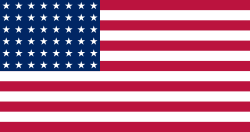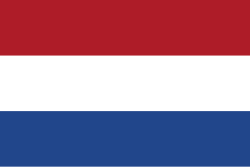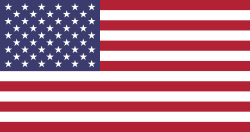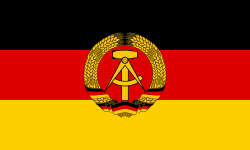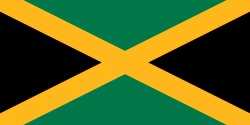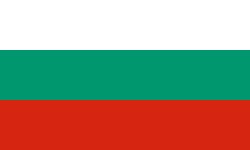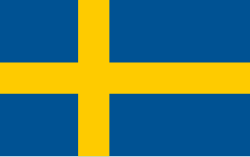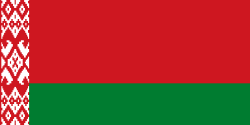Teresa Ciepły
| Teresa Ciepły | ||
 Teresa Ciepły. | ||
| Friidrott, damer | ||
| Nation: | ||
|---|---|---|
| Guld | Tokyo 1964 | 4 x 100 meter |
| Silver | Tokyo 1964 | 80 meter häck |
| Brons | Rom 1960 | 4 x 100 meter |
| Europamästerskap | ||
| Guld | Belgrad 1962 | 80 meter häck |
| Guld | Belgrad 1962 | 4 x 100 meter |
| Brons | Belgrad 1962 | 100 meter |
Teresa Barbara Ciepły (f. Wieczorek), född den 19 oktober 1937 - död den 8 mars 2006, var en polsk friidrottare som under 1960-talet tävlade i häcklöpning och kortdistanslöpning.
Ciepły deltog vid de Olympiska sommarspelen 1960 där hon sprang första sträckan i det polska stafettlag på 4 x 100 meter som slutade på tredje plats. Vid Europamästerskapen 1962 i Belgrad blev det totalt tre medaljer. Guld på både 80 meter häck och i stafett samt brons på 100 meter slätt.
Nästa större mästerskap som hon deltog i var Olympiska sommarspelen 1964 i Tokyo där hon återigen sprang första sträckan i det polska lag som denna gång vann guld på 4 x 100 meter. Dessutom blev hon silvermedaljör på samma tid på 80 meter häck efter Karin Balzer.
Källor
| ||||||||
| |||||
Media som används på denna webbplats
De olympiska ringarna, med genomskinlig bakgrund.
The Canadian Red Ensign used between 1921 and 1957.
This image has compared for accuracy (mainly colors) using an image from World Statesmen. The only change is making the maple leaves green from red. This image has compared for accuracy (mainly colors) using an image from World Statesmen. The most recent version of this image has changed the harp into one with a female figure; see [http://flagspot.net/flags/ca-1921.html FOTW
US Flag with 48 stars. In use for 47 years from July 4, 1912, to July 3, 1959.
Flag of Jamaica. “The sunshine, the land is green, and the people are strong and bold” is the symbolism of the colours of the flag. GOLD represents the natural wealth and beauty of sunlight; GREEN represents hope and agricultural resources; BLACK represents the strength and creativity of the people. The original symbolism, however, was "Hardships there are, but the land is green, and the sun shineth", where BLACK represented the hardships being faced.
Författare/Upphovsman: F l a n k e r, Licens: CC BY-SA 2.5
Flag of the Kingdom of Sardinia (1851-1861) and of the Kingdom of Italy (1861-1946). Use: Civil flag and ensign. In a governmental or a military context, the crowned version (see Crowned version) was always used (as State flag and naval ensign).
Flag of Second Polish Republic and later People's Republic of Poland in period from March 29, 1928 to March 10, 1980. Red shade used here is HTML "vermilion" #E34234. Proportion 5:8.
Flag of Second Polish Republic and later People's Republic of Poland in period from March 29, 1928 to March 10, 1980. Red shade used here is HTML "vermilion" #E34234. Proportion 5:8.
Författare/Upphovsman: Scroch, Licens: CC BY-SA 3.0
Flag of Bulgaria (1971-1990). Flag of Bulgaria with Bulgarian coat from 1971.
Författare/Upphovsman: Scroch, Licens: CC BY-SA 3.0
Flag of Bulgaria (1971-1990). Flag of Bulgaria with Bulgarian coat from 1971.
The Canadian Red Ensign used between 1921 and 1957.
This image has compared for accuracy (mainly colors) using an image from World Statesmen. The only change is making the maple leaves green from red. This image has compared for accuracy (mainly colors) using an image from World Statesmen. The most recent version of this image has changed the harp into one with a female figure; see [http://flagspot.net/flags/ca-1921.html FOTW
Teresa Cieply



